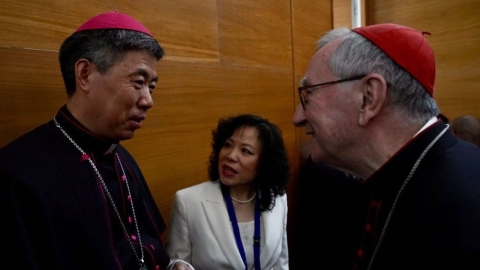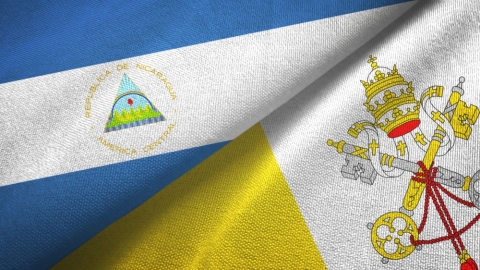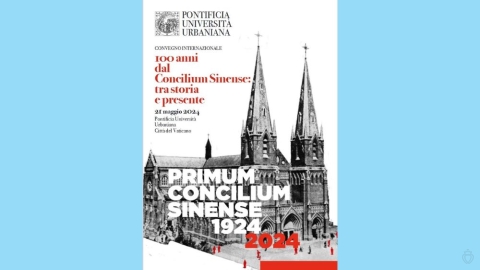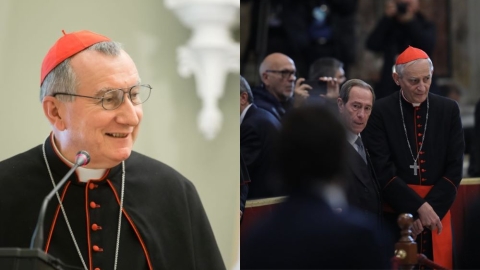In Nouvelles de Chrétienté: Charles de Foucauld, a “Saint of the Peripheries”?

The cover of the latest issue of Nouvelles de Chrétienté (no. 195, May-June 2022) asks the question: “Charles de Foucauld, a ‘saint of the peripheries’?”
This question is being raised in a recent declaration by the postulator of the cause for the canonization of the hermit of Tamanrasset: “Francis is the pope of the peripheries, and he is going to canonize Charles de Foucauld, the saint of the peripheries.”
We remember that the pope himself, at the end of Fratelli Tutti (October 3, 2020), cited Charles de Foucauld as an example – alongside Martin Luther King, Jr., Desmond Tutu, and Gandhi – praising the desire of the French priest to be the “universal brother.”
Reading the letter that Charles de Foucauld addressed to René Bazin in July 1916, five months before his assassination, makes it possible to understand that this “universal brother” had nothing to do with the “Human Fraternity for World Peace and Living Together” promoted by the interreligious declaration of Abu Dhabi, co-signed by Francis and the Grand Imam of Al-Azhar (February 4, 2019), of which the encyclical Fratelli tutti aims to be the very detailed development, for lack of being able to be doctrinally justified.
In the same issue, a debate entitled: “Transmit! But what and how?” presents a confrontation of the ideas of several contemporary authors, of various inspirations, from Francis de Closets to Laurent Dandrieu, via Ambroise Tournyol du Clos, Patrick Buisson, Alain Finkielkraut or Michel De Jaeghere.
This debate is a prelude to the one that will take place at the Summer University of the Society of Saint Pius X from August 11 to 15, 2022, on the theme “Nature, a masterpiece in danger to be restored.” As the editorial announces, this formation session “resolutely turns its back on the prevailing incoherence. It refuses a fragile reconstruction, resting on the shifting sands of modernity. It wants to lean on the rock of bimillennial faith. It proclaims that not only the charred Notre-Dame de Paris needs to be rebuilt. There is a devastated Christendom to be rebuilt! Pillar by pillar, idea by idea, patiently and above all perseveringly. This Summer University has the appearance of a work camp. It is the immense construction site of the builders of cathedrals that faith helped to lift the stones. Dilettantes, skeptics, and weak-willed stay away! Contagious enthusiasts are welcome!”
One can also read an article, profusely illustrated, on the consecration of the bells of the Saint-Joseph of Colmar oratory, which has just been equipped with a beautiful facade surmounted by an onion bell tower, in the Baroque style that one finds in Alsace, Lorraine, and Savoy.
The last article in this issue is an invitation to (re)discover the Middle Ages at the recently restored Cluny Museum. As the historian Jacques Le Goff wrote in his book Un long Moyen Age- A Long Middle Ages (Tallandier, 2004): “Gothic art, which has been claimed to be dark, is an art of light. Scholasticism, which has been deemed obscurantist, is an illuminating combination of reason and faith...” It is this light that the Cluny museum offers its visitors.





